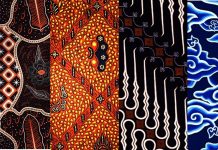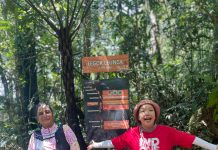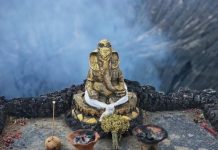Keraton or Kraton is the Javanese word for a royal palace in Indonesia. Its name is originated from karatuan which means the residence of a ratu. Ratu is the traditional honorific title for a “ruler” (a king or queen). Today, Keraton in Indonesia have become interesting attractions for tourists who want to explore more about the kingdoms and royal palaces in Indonesia.
Here are the must visit Keratons in Indonesia:
Keraton Surosowan
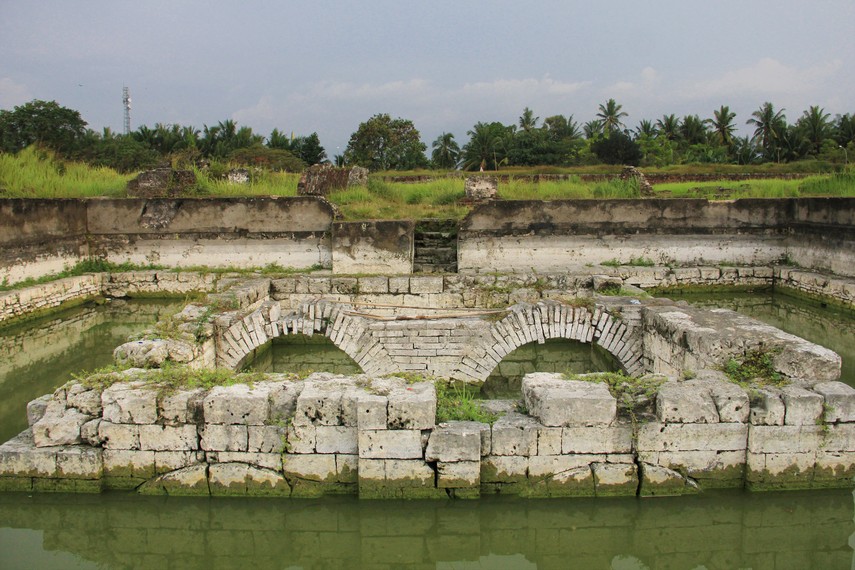
Located in the once-prosperous kingdom of Banten, this royal palace was designed by a Muslim Dutchman Hendrick Lucas Cardeel and completed during the reign of the first sultan. Surrounded by a high brick wall, it served as a glorious residence from 1526 to 1808 and was equipped with an aqueduct connected to a reservoir.
A major excavation in 1984 divulged the greatness of this palace. Foundations of some pavilions, a bathing area in the south wing and two filtration tanks are some of the structures awaiting the keen explorer.
Location:
Jalan Masjid Agung Serang, Banten 42191
Keraton Kaibon
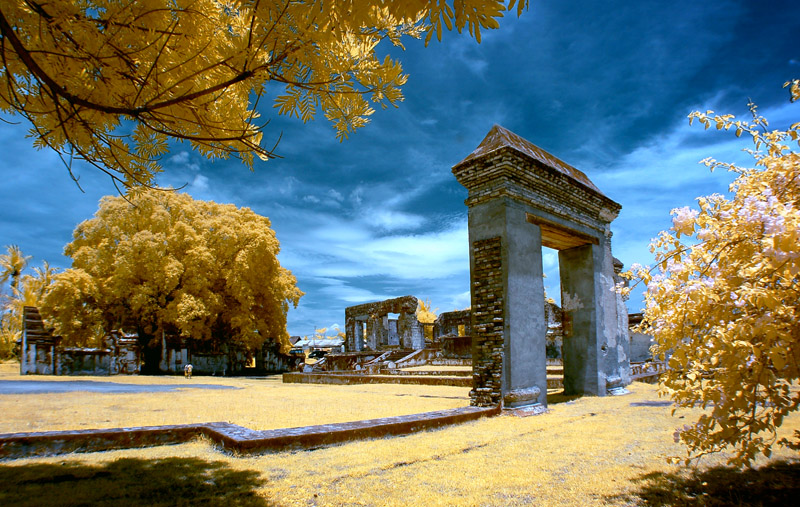
Keraton Kaibon is located about a mile from the Banten Grand Mosque. The name Kaibon, which means mother, was derived from the fact that this palace was built by Sultan Syafiudin, the 21st Sultan of Banten for his mother, Ratu Aisyah. Erected in the early 19th century, it sits on an immense 15,000 square meters. The premises were broken into at the order of Dutch Governor-General Daendels in 1813 after Sultan Syaifudin rejected Daendel’s order to continue the construction of Anyer-Panarukan highway. Today, the ancient walls, foundations, the gateway and main gate are the only parts left to tell the truth to the once-powerful Banten Sultanate.
Location:
Kasunyatan, Kasemen, Serang, Banten 42191
Keraton Ngayogyakarta Hadiningrat
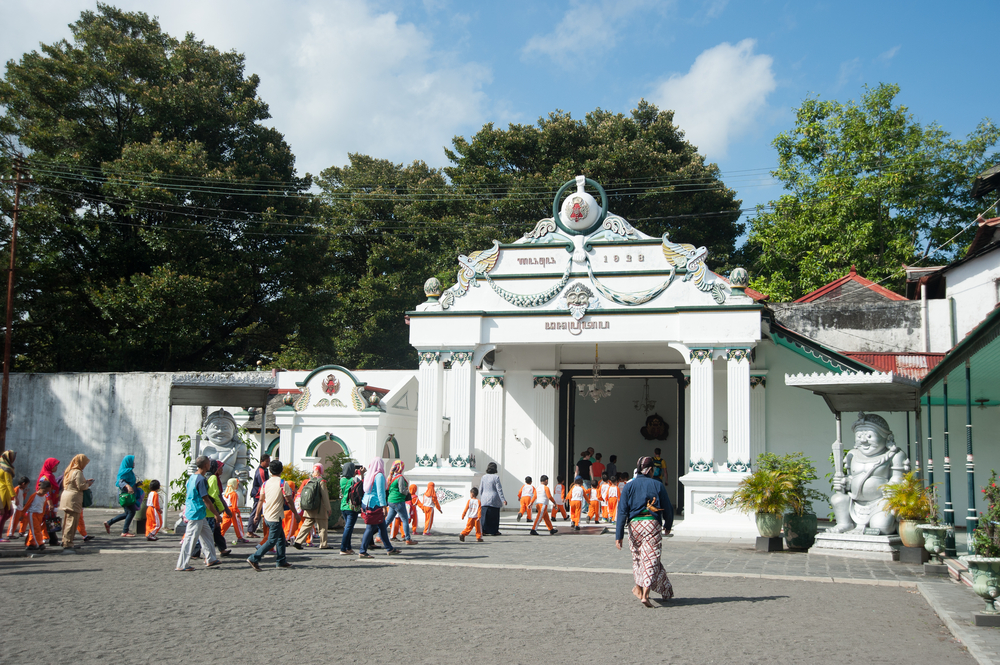
This palace is the main seat of Sultan of Yogyakarta and his family. It was built by Prince Mangkubumi in 1755-1756, several months after the signing of the Treaty of Giyanti between Prince Mangkubumi of Yogyakarta, Hamengkubuwono of Surakarta and Dutch East India Company. However most of the palace’s current forms were built by Sultan Hamengkubuwono VIII who reigned from 1921 to 1939. The Keraton Ngayogyakarta Hadiningrat today is not only the palace for the Sultans, but also as the cultural center for the Javanese people. It is also the venue for many traditional ceremonies like Gerebeg Maulud, Sekaten, Tumplak Wajik and many more.
Location:
Jalan Rotowijayan No 1, Panembahan, Kraton, Yogyakarta
Keraton Surakarta Hadiningrat
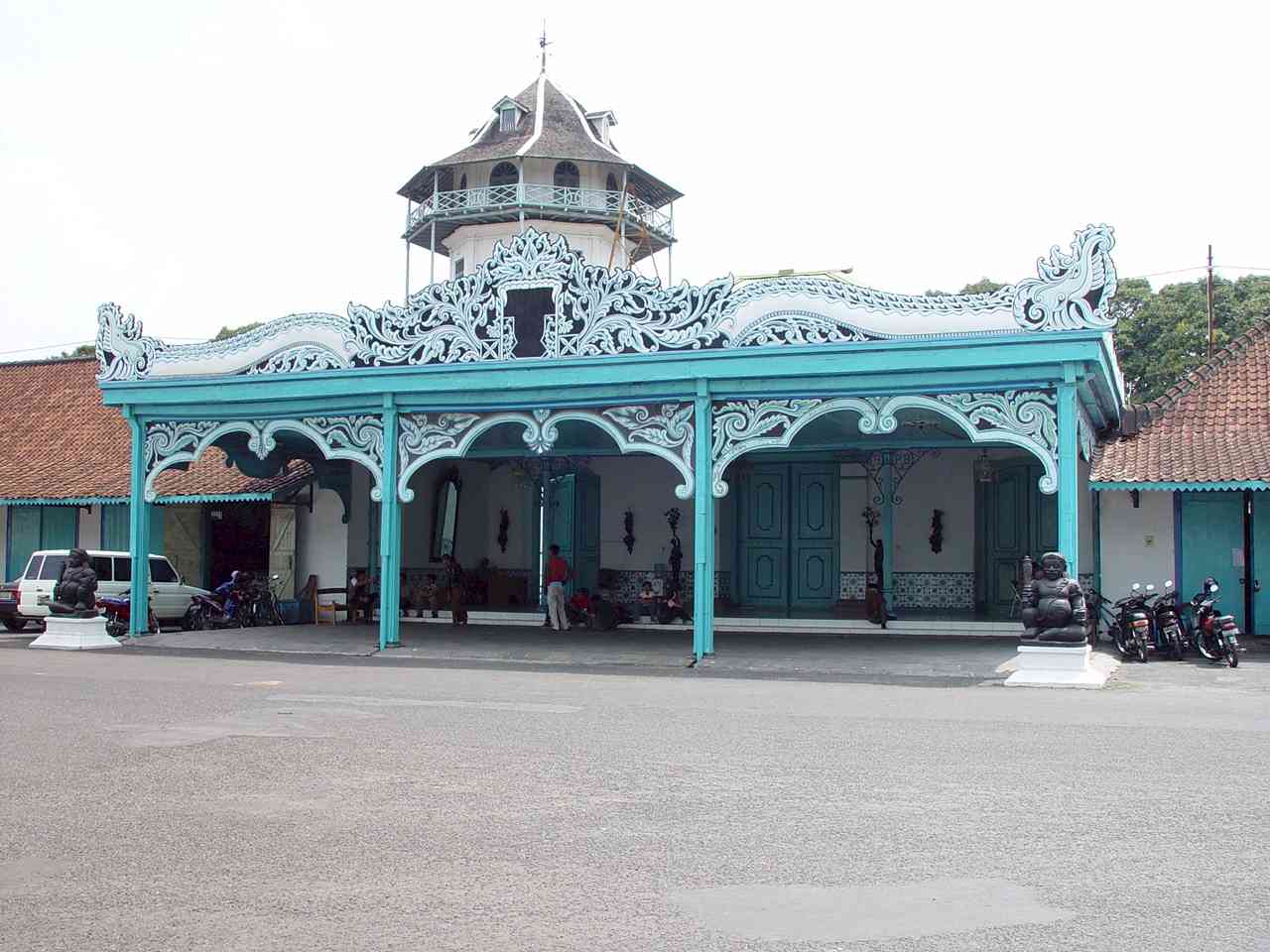
Keraton Surakarta Hadiningrat or also known as Kraton Solo is the principal residence of Kasunanan Surakarta or Surakarta Sunanate. It was built in 1744 by Susuhunan Pakubuwana II as the substitute of Kartasura Palace that had been vanished during the Geger Pecinan in 1743. The architecture of Keraton Surakarta Hadiningrat is similar to Keraton Ngayogyakarta Hadiningrat—thanks to Pangeran Mangkubumi or Sultan Hamengkubuwana I, the architect of both palaces. Today, Keraton Surakarta Hadiningrat is one of the most popular attractions in Surakarta. Inside the Keraton complex, the main sight for visitors today is the Sasono Sewoko museum.
Location:
Jalan Sidikoro, Baluwarti, Pasar Kliwon, Surakarta, Central Java
Keraton Kasepuhan Cirebon
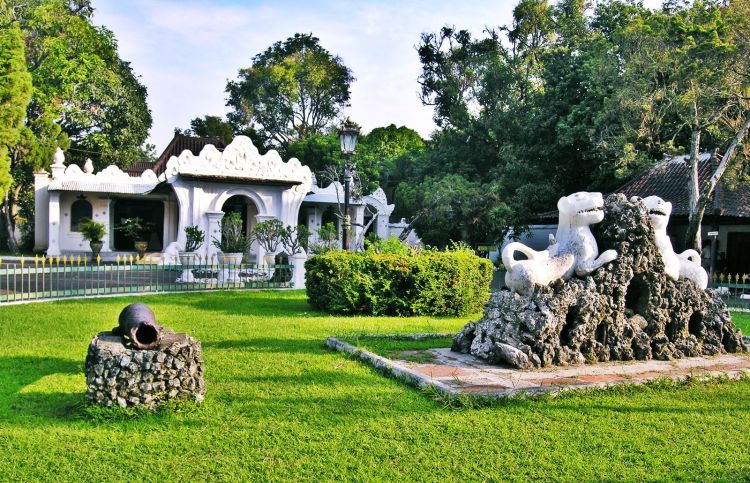
Keraton Kasepuhan is the oldest sultan’s palace in Cirebon. It is the residence of the Sultan of Kasepuhan. Keraton Kasepuhan Cirebon was built in 1529 by Pangeran Mas Zainul Arifin, the great grandson of Sunan Gunung Jati. The palace complex is located between a mosque and traditional market—a common arrangement for Keratons in Java. One of the main part of Keraton Kasepuhan Cirebon is Siti Inggil (Siti=ground, Inggil=high), which was then used as a gathering place for the Sultans and their subordinates. The other main building is Malang Semirang which has six pillars, depicting Rukun Iman, the six pillars of faith in Islam.
Location:
Jalan Kasepuhan, Cirebon, West Java


